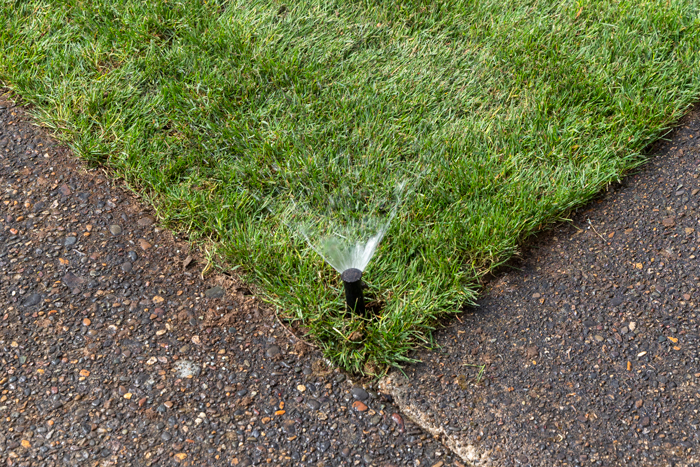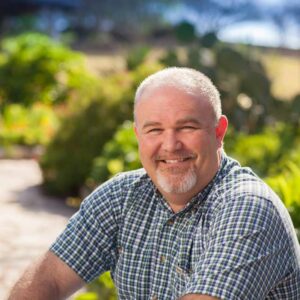With summer heat drawing near and Stage 3 watering rules still in place, it’s best to hold off on putting in new sod.
Summer will be here before we know it. While we’ve received rainfall this week, the Edwards Aquifer level remains at historic low levels and Stage 3 watering rules continue.
Considering the weather extremes over the past six years for San Antonio, many homeowners are still looking to replace grass sod that has been killed or damaged by drought, freezes, insects or disease. But that’s not a good idea as we head into summer — our hottest time of the year.
New sod requires large volumes of water, including daily watering for two weeks, and additional watering more than once per week for up to three additional weeks. And that’s in direct violation of the Stage 3 watering rules, which allows watering only one day a week on your designated day.
If you’re thinking the answer is a landscape variance permit, keep in mind these are not available for most existing landscapes during Stage 3.
Projects that don’t qualify for landscape variances:
- Installing new sod where grass has died and disappeared due to damage or neglect.
- Replacing sod or plants that have been killed or damaged by drought, freeze, insects or disease.
- Planting grass seeds to fill in areas where existing grass coverage is sparse.
- Projects where an irrigation system is repaired or installed in existing sod.
- Watering-in topsoil or compost top dressing.
Projects that are eligible for landscape variance permits are:
- Newly installed landscaping at newly constructed homes.
- A construction project at an existing location that results in damage or destruction of at least 50 percent of the existing
- Examples include foundation leveling, pool installation, roof installation/replacement, septic tank replacement/repairs.
- Applicants must provide during and after photos of the project.

When approved, variance permits can last for up to five weeks from the date of installation (depending on the date of application). However, they don’t allow sprinklers or irrigation to be used on the weekend, and water waste from runoff from overwatering or soil saturation is prohibited. Violations can result in cancellation of the variance and a water waste violation.
Variance or not, watering to establish new landscapes is not discounted and must be paid at the same rates as normal — so be prepared for a much higher than usual water bill.
Without a drastic change in the aquifer level, much new landscaping will need to be watered in with a hand-held hose for the foreseeable future. This can definitely save water, but it’s also an incentive to delay installing new sod — or forego it all together.


